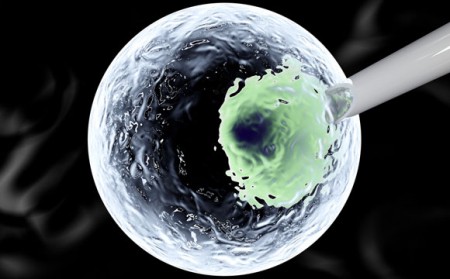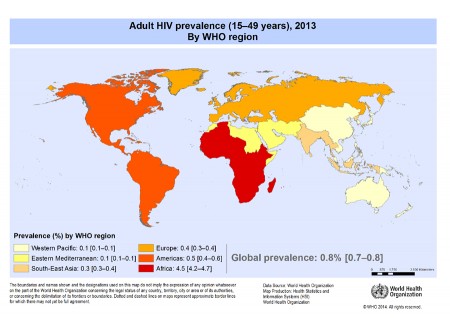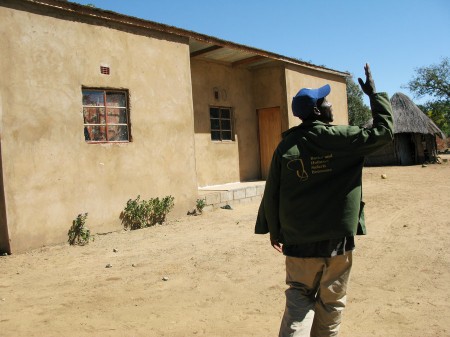July 8, 2015 – The world map seen below shows the extent and concentration of HIV infections in human populations between ages 15 and 49. The statistics are from 2013. Estimated number of people living with the disease that year totaled 35 million. 1.5 million died in the same year and yet as bad as these statistics appear the number represents only 0.8% of adults in the demographic. But the map also shows that Sub-Saharan Africa is the disease epicenter where 1 in 20 adults is infected.
It’s the African link that makes one of the two stories I’m writing about today significant. With 71% of HIV-infected people on the planet residing in Sub-Saharan Africa, this is the front line, and one country is making a valiant effort to educate its youth with demonstrable results, a significant drop in HIV infection rates.
The second story is one about a potential cure. It comes from UCLA where researchers have engineered a biological tool to enhance a body’s response to combat and kill HIV. The technology employs stem cells.
So without further ado, please read on.
Botswana Tackles HIV and AIDS in the Classroom
“Keep kids in school” has an entirely different meaning in Botswana, a country just north of the Republic of South Africa. The government is making an effort to get secondary school attendance up and just one extra year in the classroom is slashing HIV infection rates with the greatest drop seen in the female population. Among those attending class for the additional year, beginning at age 15, risk of HIV infection falls from 25.5% to 17.4%. The average drop for male and female is 8.1%, but the latter has seen a drop of 11.6%.
The results of the research appear in the June 28, 2015 edition of the journal The Lancet. Its authors conclude that additional years in high school provide greater protection than any other method of HIV prevention and at a fraction of the cost of treating those who become infected.
Why did the researchers choose Botswana for their study? Because it has the second highest rate of HIV infection in Sub-Saharan Africa with nearly 25% of adults testing positive for the virus. That’s second only to Swaziland, a nearby neighbour.
Stem Cell Research Discovers Technique for Generating Immune Response to HIV
Researchers at UCLA’s Eli and Edythe Broad Center of Regenerative Medicine and Stem Cell Research are harnessing stem cells to heighten immune responses to HIV infections. Their latest breakthrough is described in the June 8, 2015 edition of the journal, Molecular Therapy.
Using blood-forming stem cells, the team created an engineered molecule called a chimeric antigen receptor or CAR. By inserting a gene carrying CAR into stem cells these can then be stimulated to become functional T cells, the white cells that fight infection. In this case with CAR aboard the cells lock into and kill HIV-infected cells.
Testing was done on mice genetically engineered to have a human immune system. The study shows a HIV kill rate of between 80% and 95%. This is indeed promising for HIV infections in humans and shows that stem cell-based gene therapy can be a potent weapon in eliminating the virus and AIDS.













